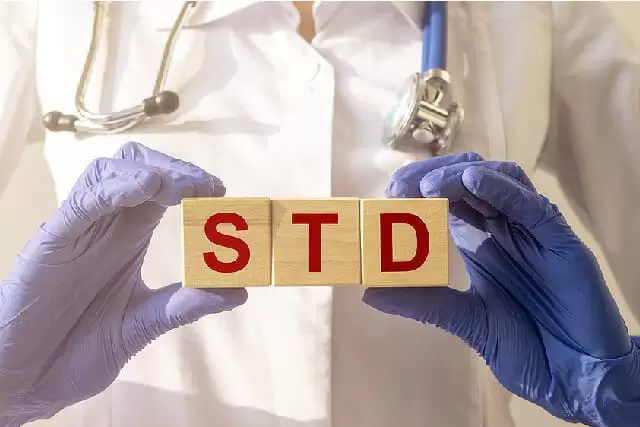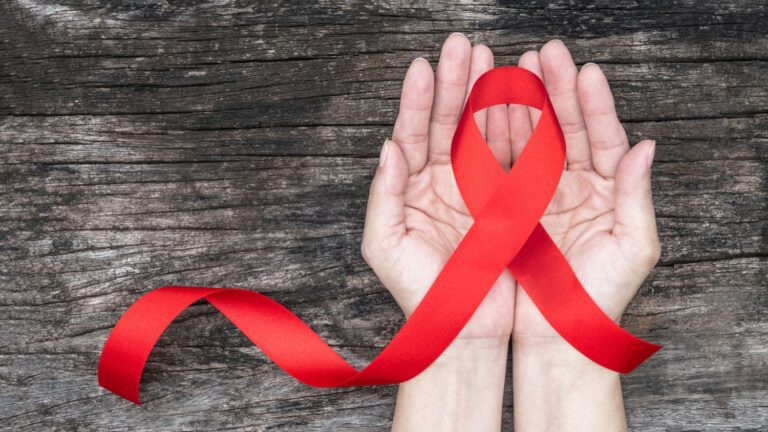Can You Get HIV From Saliva? Separating Fact from Fiction
In the realm of HIV awareness, misconceptions often cast a shadow on accurate information. One common question that frequently emerges is, “Can You Get HIV From Saliva?” At Hope Across The Globe, we understand the importance of dispelling myths and providing clear, accurate information. In this article, we embark on a journey to separate fact from fiction, unraveling the truth behind the perceived risk of contracting HIV through saliva. As advocates for informed decision-making and public health, we aim to empower you with the knowledge needed to navigate through the sea of misinformation.
Understanding the Basics of HIV Transmission
Before delving into the specifics of saliva and HIV, it’s crucial to grasp the basics of how HIV is transmitted. Human Immunodeficiency Virus, or HIV, is primarily transmitted through specific bodily fluids, including blood, semen, vaginal fluids, rectal fluids, and breast milk. Understanding these transmission routes is foundational to dispelling myths surrounding more casual interactions like sharing drinks or engaging in social gestures.
HIV transmission typically occurs when these fluids come into contact with specific mucous membranes or damaged tissue, providing the virus with an entry point into the bloodstream. It’s important to note that casual contact or exposure to these fluids in everyday situations does not pose a significant risk.
Debunking the Myth: Can You Get HIV From Saliva?
The misconception that HIV can be transmitted through saliva has led to unwarranted fears and stigmatization. Scientifically speaking, while HIV can be present in saliva, the concentration is not typically high enough to pose a significant risk of transmission. Saliva alone is not a sufficient carrier for the virus to establish an infection. It’s essential to debunk this myth to create a more informed and empathetic understanding of HIV.
Research consistently shows that the concentration of HIV in saliva is significantly lower than in other bodily fluids. Moreover, the virus is often present in an inactive form in saliva, further reducing the risk of transmission. Understanding these scientific nuances is crucial in dispelling fears and promoting a more accurate perception of the actual risks associated with saliva.
The Real Risks and Myths of Saliva Transmission
Understanding the dynamics of saliva in HIV transmission involves exploring the nuances of viral concentration and the actual risks involved. Scientific studies consistently affirm that the chance of contracting HIV through saliva is exceedingly low, if not negligible. Moreover, casual contact such as kissing or sharing drinks, does not pose a substantial risk. However, it’s crucial to distinguish between theoretical risk and practical risk to foster a more accurate perception of HIV transmission risks.
The presence of HIV in saliva does not equate to a significant risk of transmission. The virus’s concentration is not sufficient to cause infection through casual, everyday interactions. While it’s essential to acknowledge the presence of the virus in saliva, it’s equally important to emphasize the need for realistic risk assessments. Engaging in open conversations about these facts helps individuals make informed choices about their daily interactions, contributing to a more educated and empowered society.
Empowering Communities
In Jacksonville, FL, and communities across the globe, access to free HIV testing is a pivotal step in managing the spread of the virus. Hope Across The Globe is committed to providing accessible testing services to empower individuals with knowledge about their HIV status. Regular testing is a cornerstone of prevention efforts, offering not only early detection but also an opportunity for timely intervention and support.
Accessible HIV testing is a critical component of public health initiatives. It empowers individuals to take control of their health, know their HIV status, and seek necessary support and treatment if needed. Hope Across The Globe aims to eliminate barriers to testing, ensuring that everyone has the opportunity to be informed about their HIV status, ultimately contributing to the broader goal of reducing transmission rates.
Dispelling Saliva-Related Anxiety: Educating the Public
Dispelling anxiety surrounding saliva-related HIV fears involves robust education initiatives. By providing accurate information about the low risk of transmission through saliva, we empower individuals to make informed decisions about their interactions. Education is a powerful tool in breaking down stigma and fostering a more compassionate and understanding society.
Education extends beyond dispelling myths about saliva and HIV. It involves promoting a broader understanding of the virus, its modes of transmission, and the importance of empathy and support for individuals living with HIV. Community education initiatives, workshops, and awareness campaigns play a crucial role in fostering a culture that prioritizes accurate information, compassion, and a collective commitment to ending HIV-related stigma.
The Importance of Open Communication
Open communication is essential in addressing concerns related to HIV transmission. Encouraging honest conversations about HIV, including how it is and is not transmitted, can contribute to a more supportive community. By fostering an environment where individuals feel comfortable discussing these topics, we can work towards eradicating unfounded fears and creating a culture of empathy.
Open communication is a two-way street. It not only involves disseminating accurate information but also creating spaces where individuals feel heard and understood. Community forums, support groups, and educational events contribute to creating a culture where people are comfortable seeking information, sharing their concerns, and ultimately contributing to the dismantling of HIV-related misconceptions.
Beyond Saliva: Navigating Other Modes of Transmission
While saliva may not pose a significant risk for HIV transmission, it’s crucial to recognize other modes of transmission. More common routes include unprotected sexual intercourse, sharing needles among drug users, and mother-to-child transmission. By understanding the actual risks associated with these modes, individuals can focus on adopting preventive measures that align with realistic transmission dynamics.
Unprotected sexual intercourse remains the primary mode of HIV transmission globally. The importance of safe sex practices, regular testing, and the use of preventive measures such as pre-exposure prophylaxis (PrEP) cannot be overstated. It also addresses the specific risks associated with needle sharing among intravenous drug users, underscoring the need for harm reduction strategies.
Mother-to-child transmission is another significant consideration, and measures such as antiretroviral therapy during pregnancy are crucial in reducing this risk. By comprehensively addressing these modes of transmission, individuals can make informed decisions that align with their specific circumstances, contributing to a more proactive and effective approach to HIV prevention.
Conclusion
The question “Can You Get HIV From Saliva?” can be answered with a resounding emphasis on the minimal risk associated with saliva transmission. At Hope Across The Globe, our mission is to empower communities through accurate information, free HIV testing in Jacksonville FL, and an unwavering commitment to eradicating misinformation and stigma. By separating fact from fiction, we hope to contribute to a world where knowledge triumphs over fear, and individuals can make informed choices regarding their health. Together, let’s foster an environment of understanding, compassion, and empowerment in the face of HIV. In embracing this knowledge, we move forward with compassion, understanding, and a shared commitment to building a healthier world for all.
Related Tag: HIV Clinic Jacksonville FL






